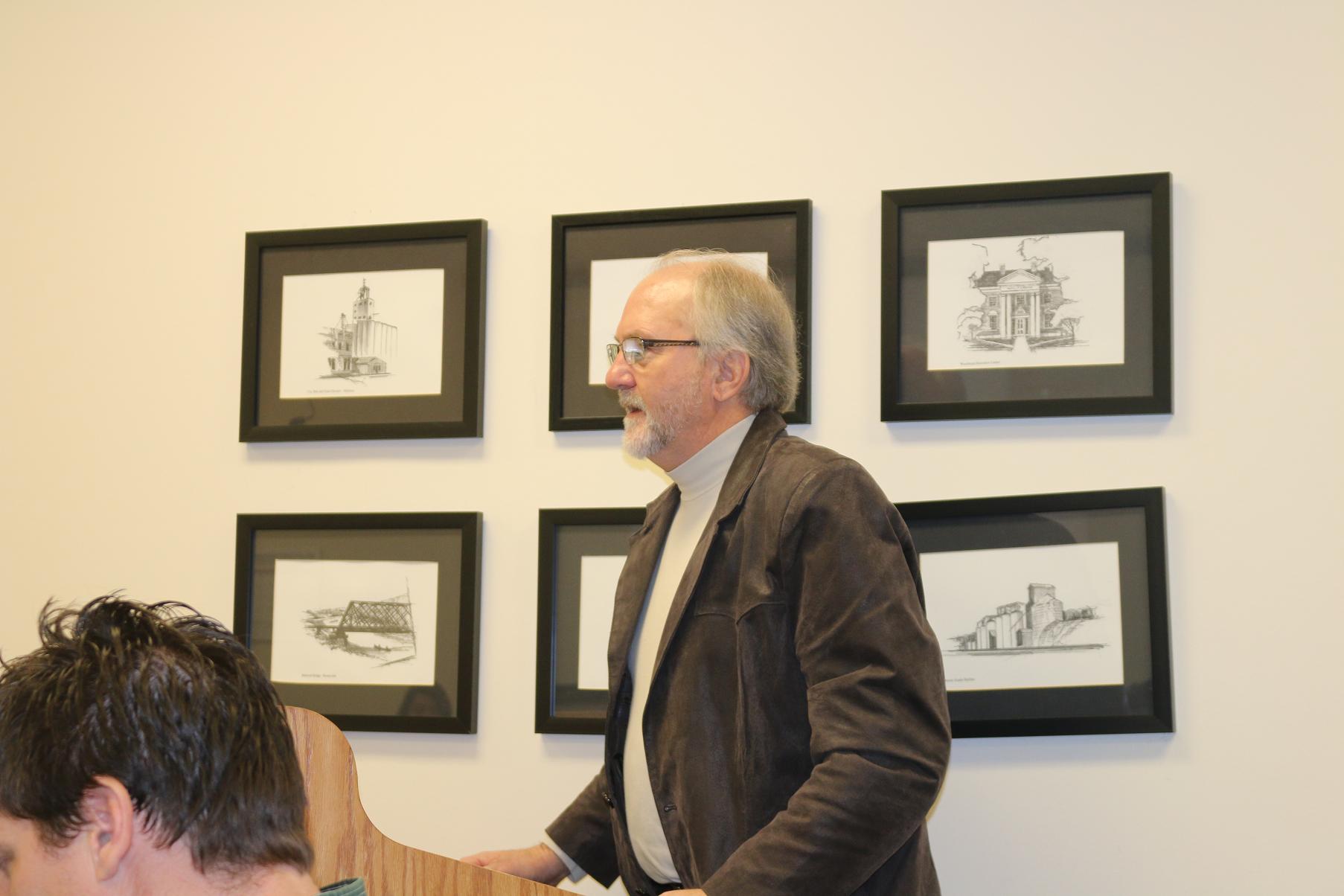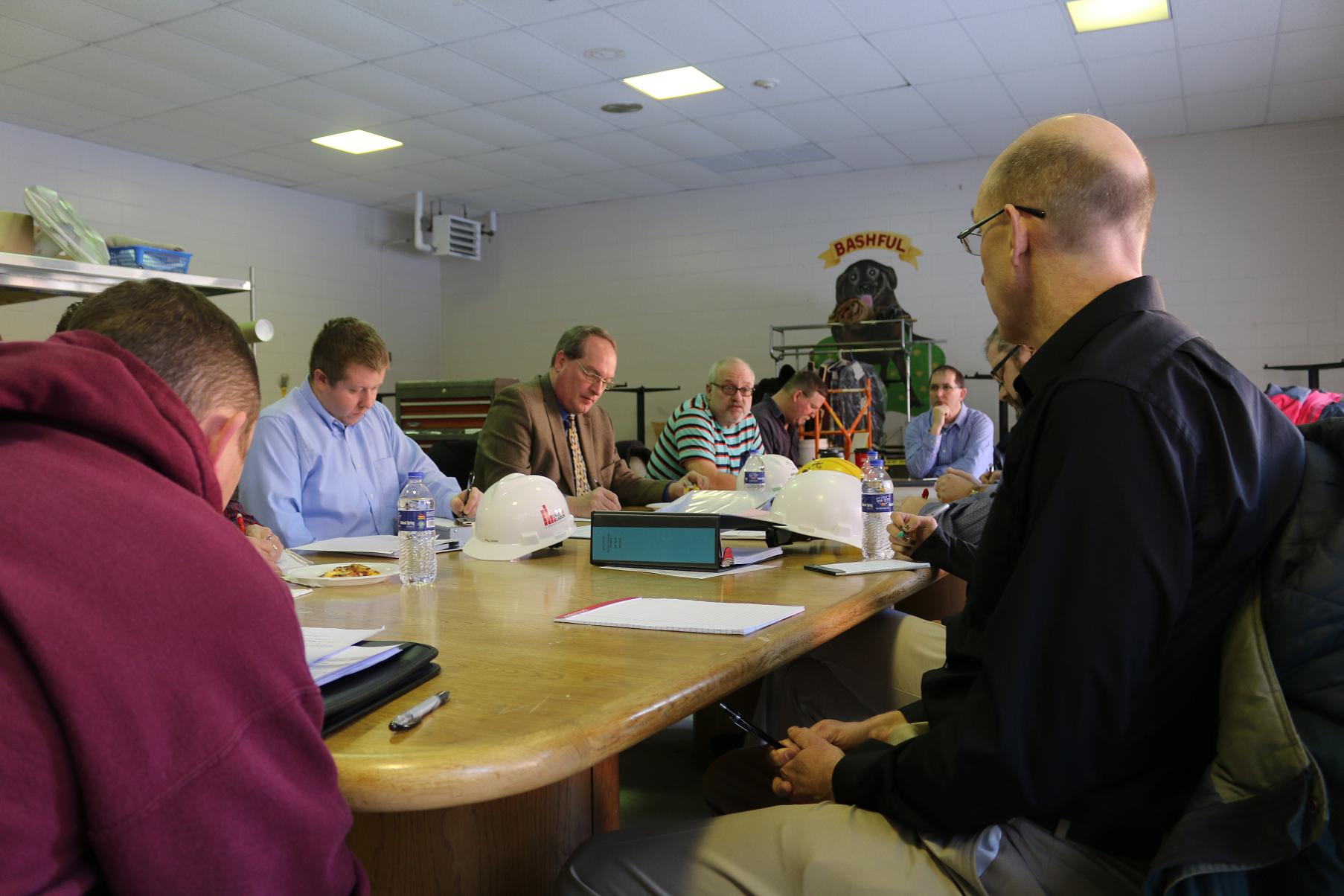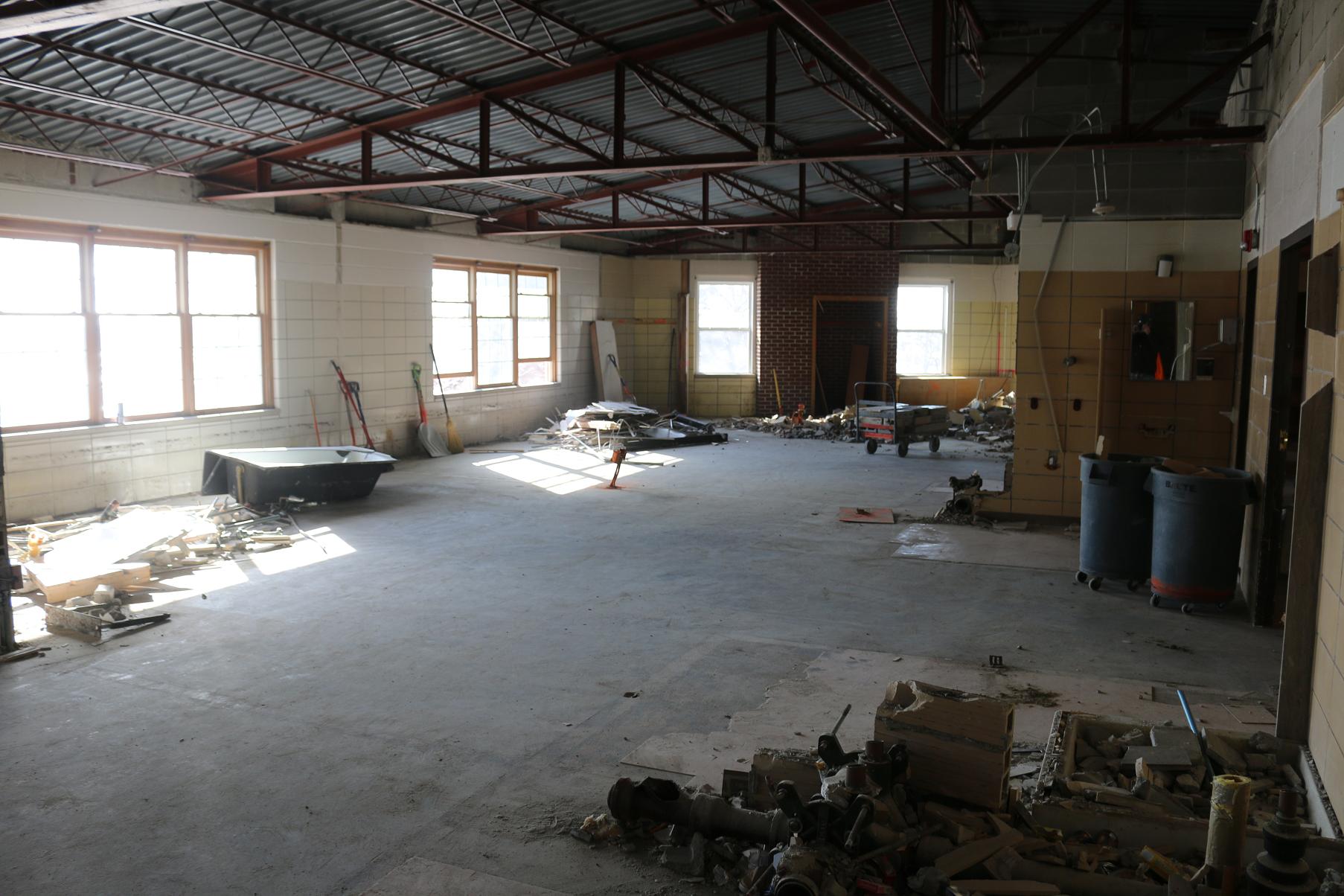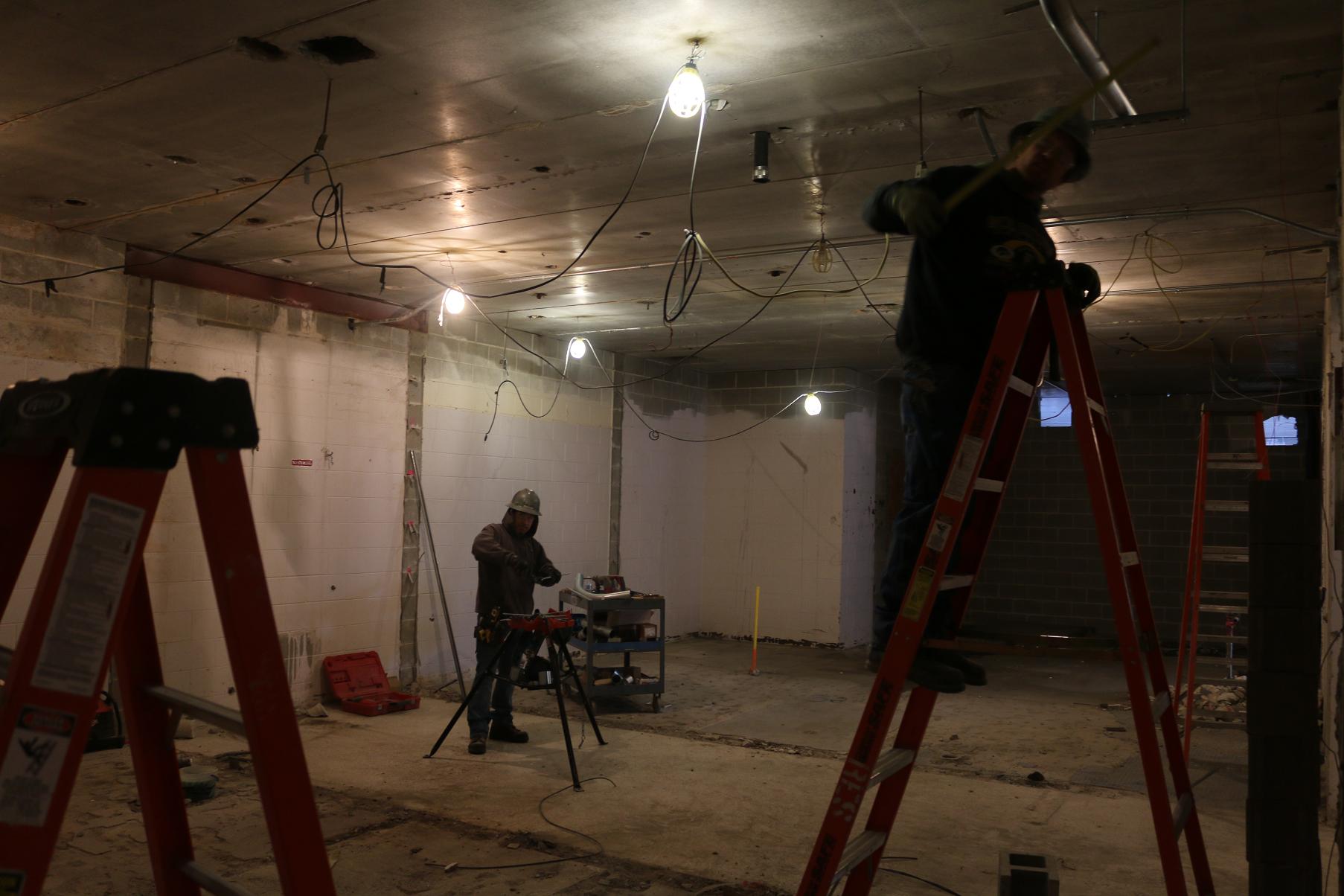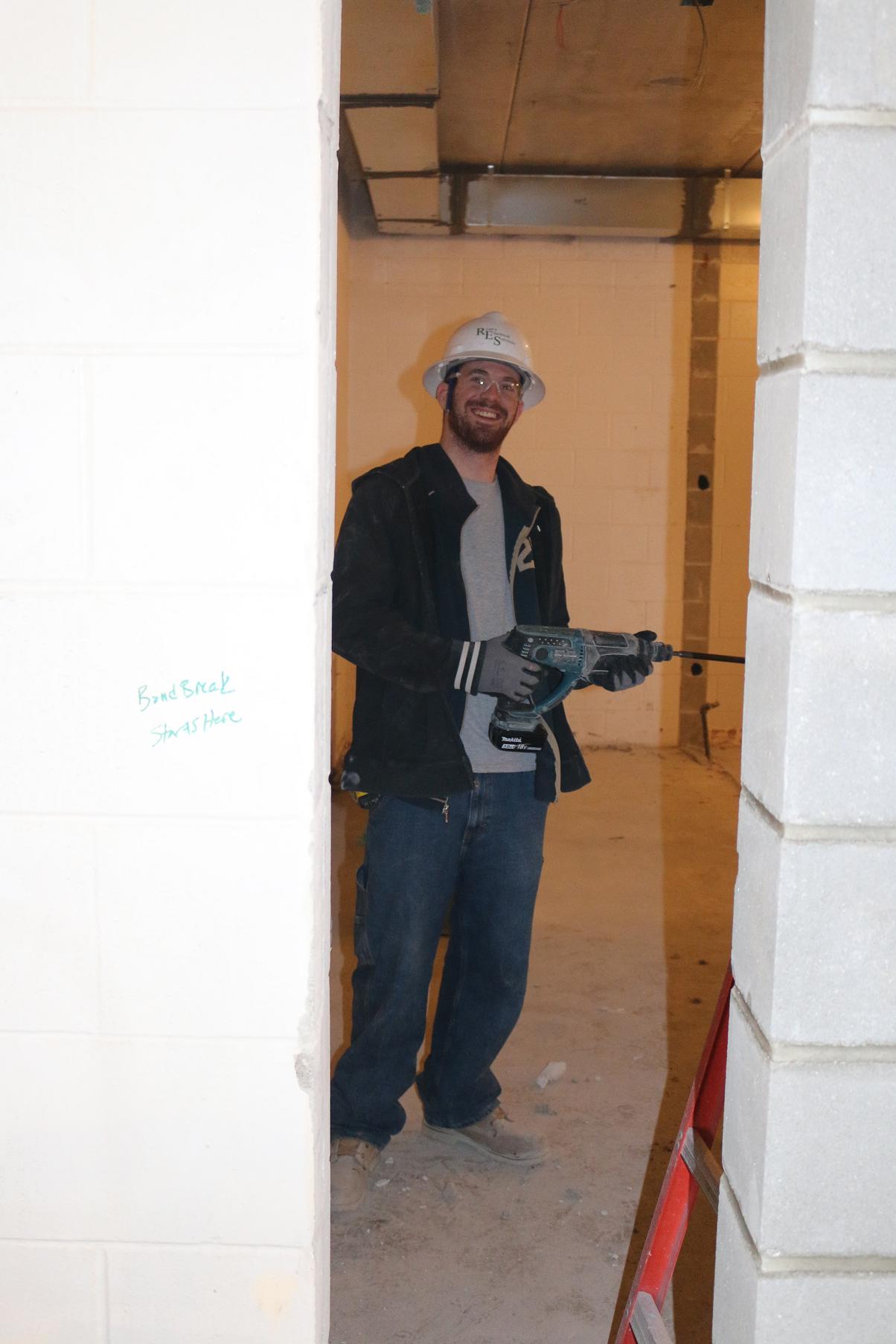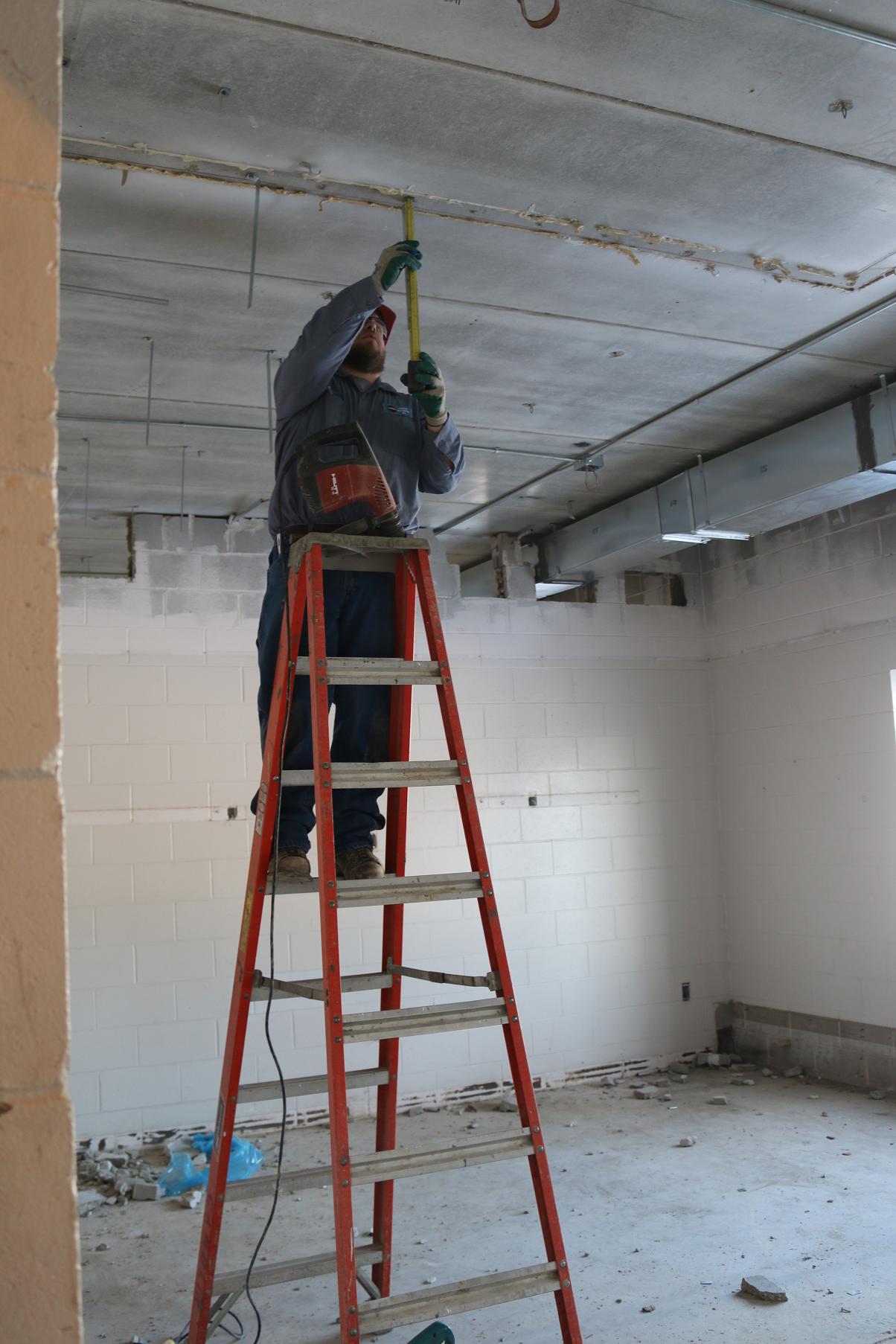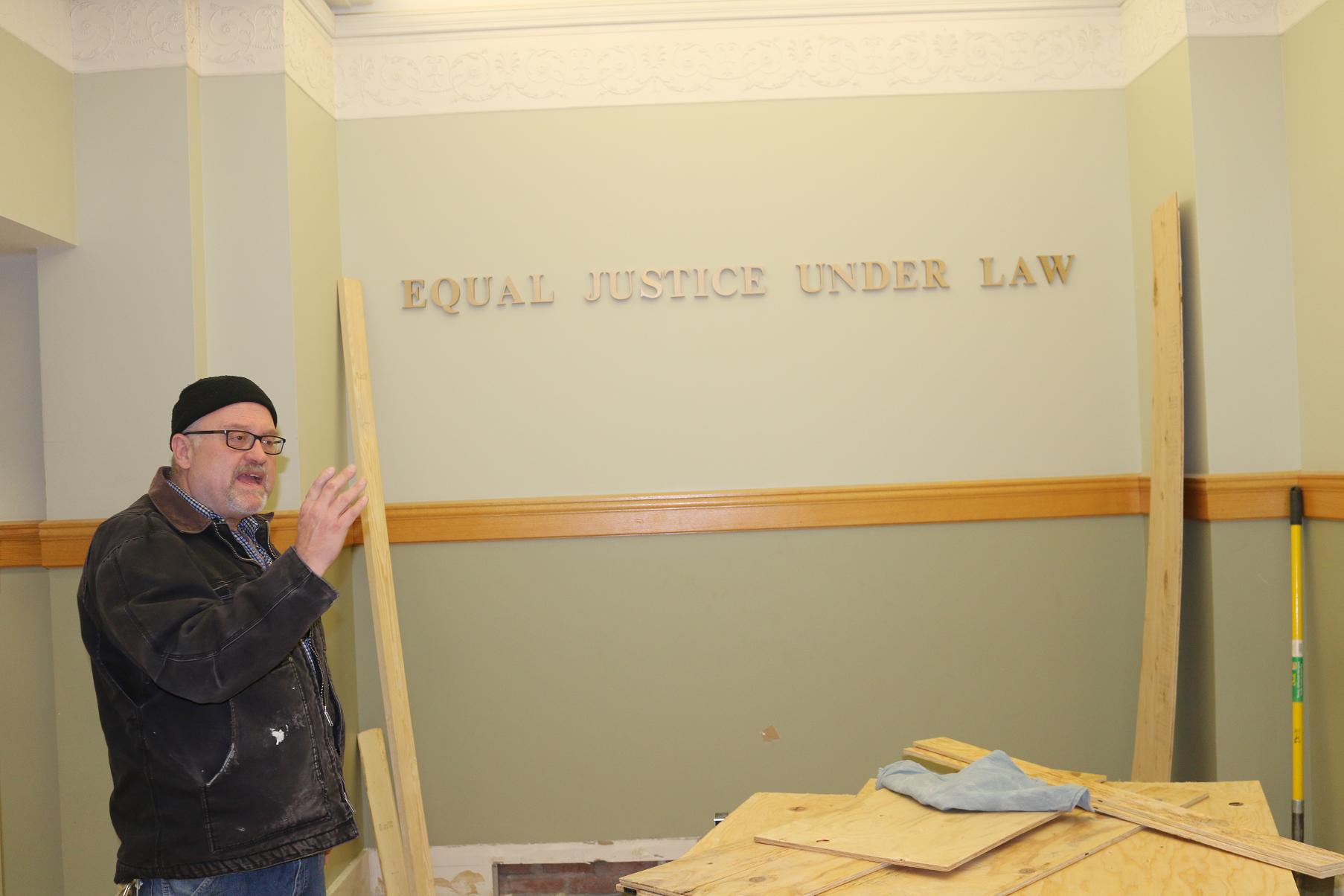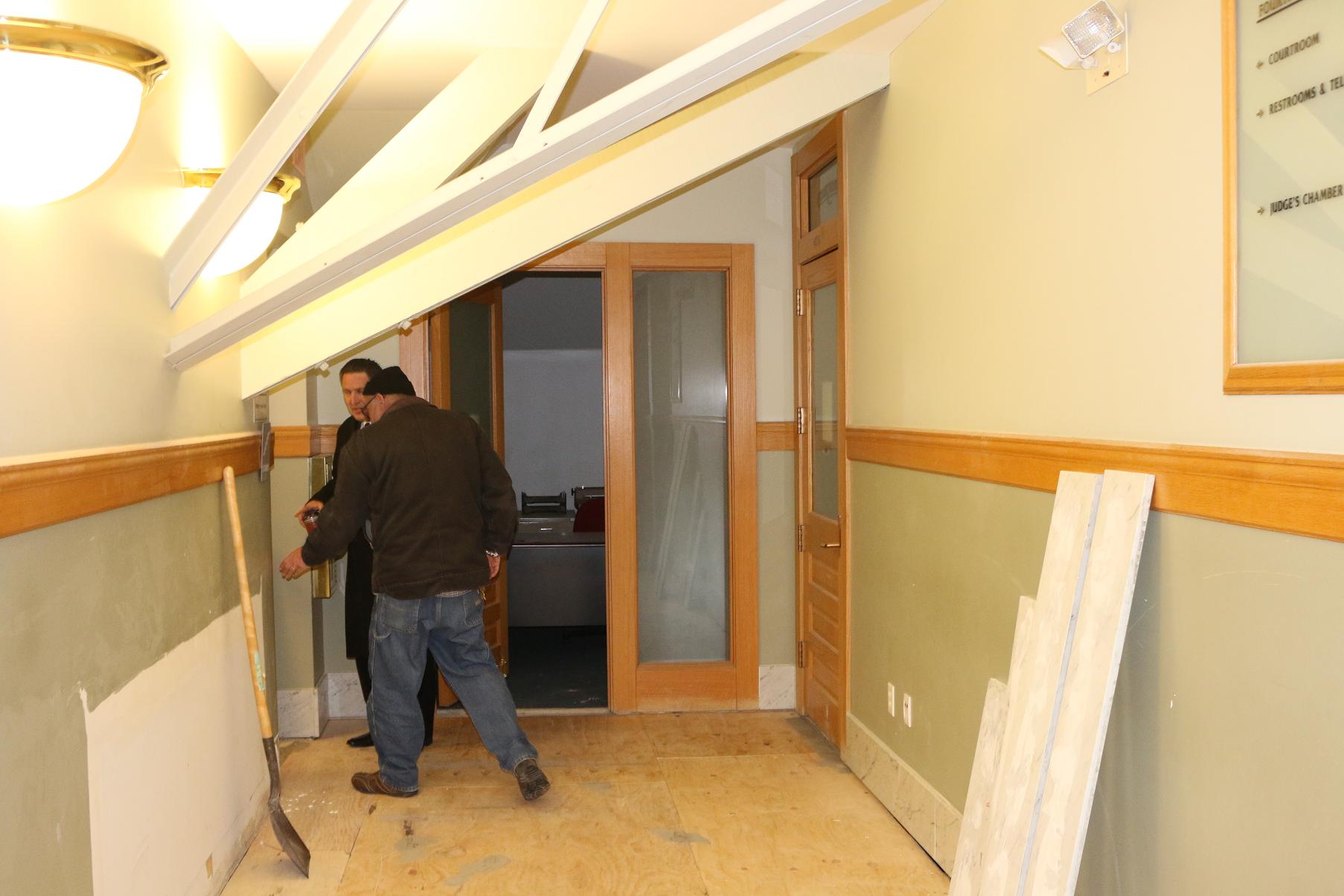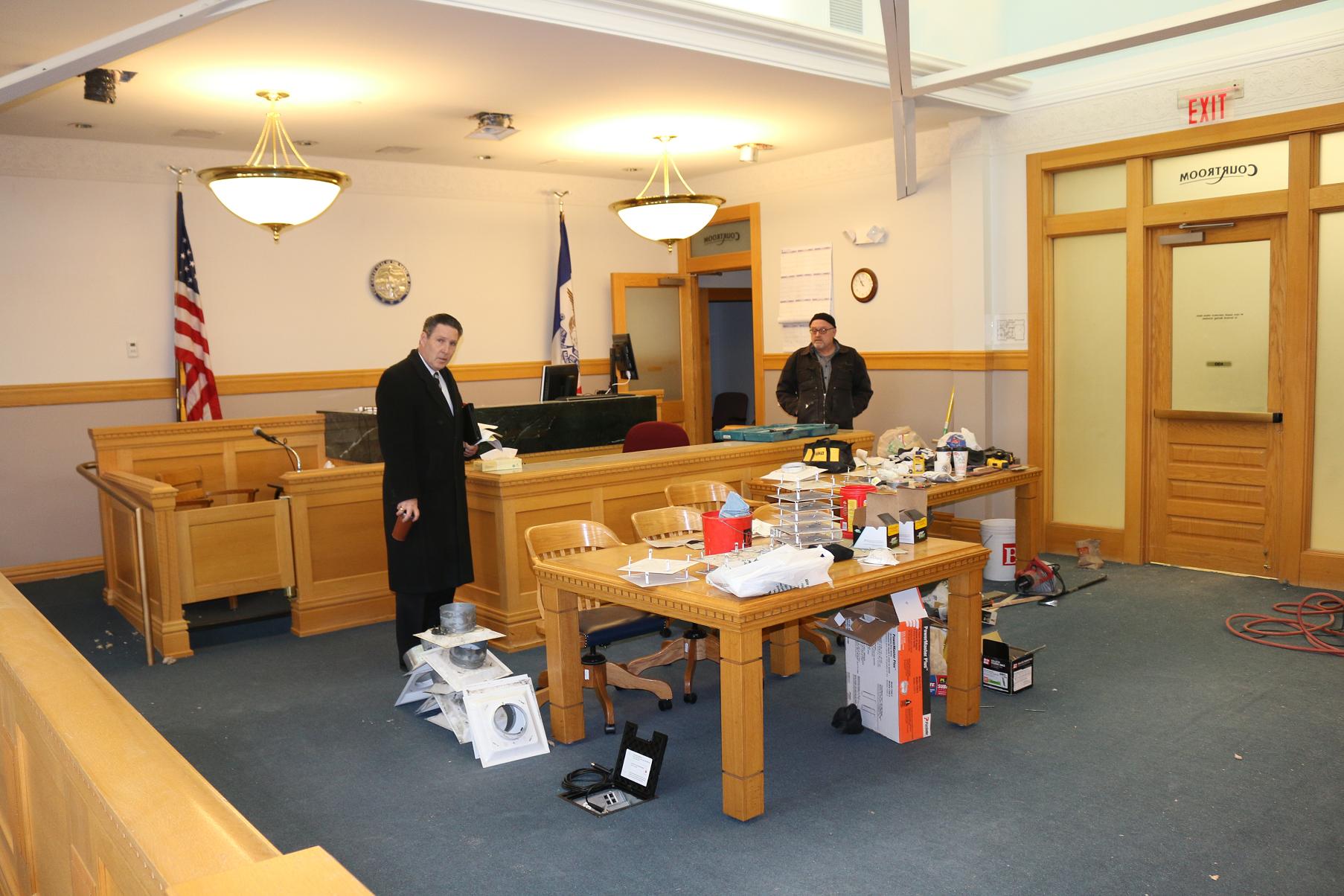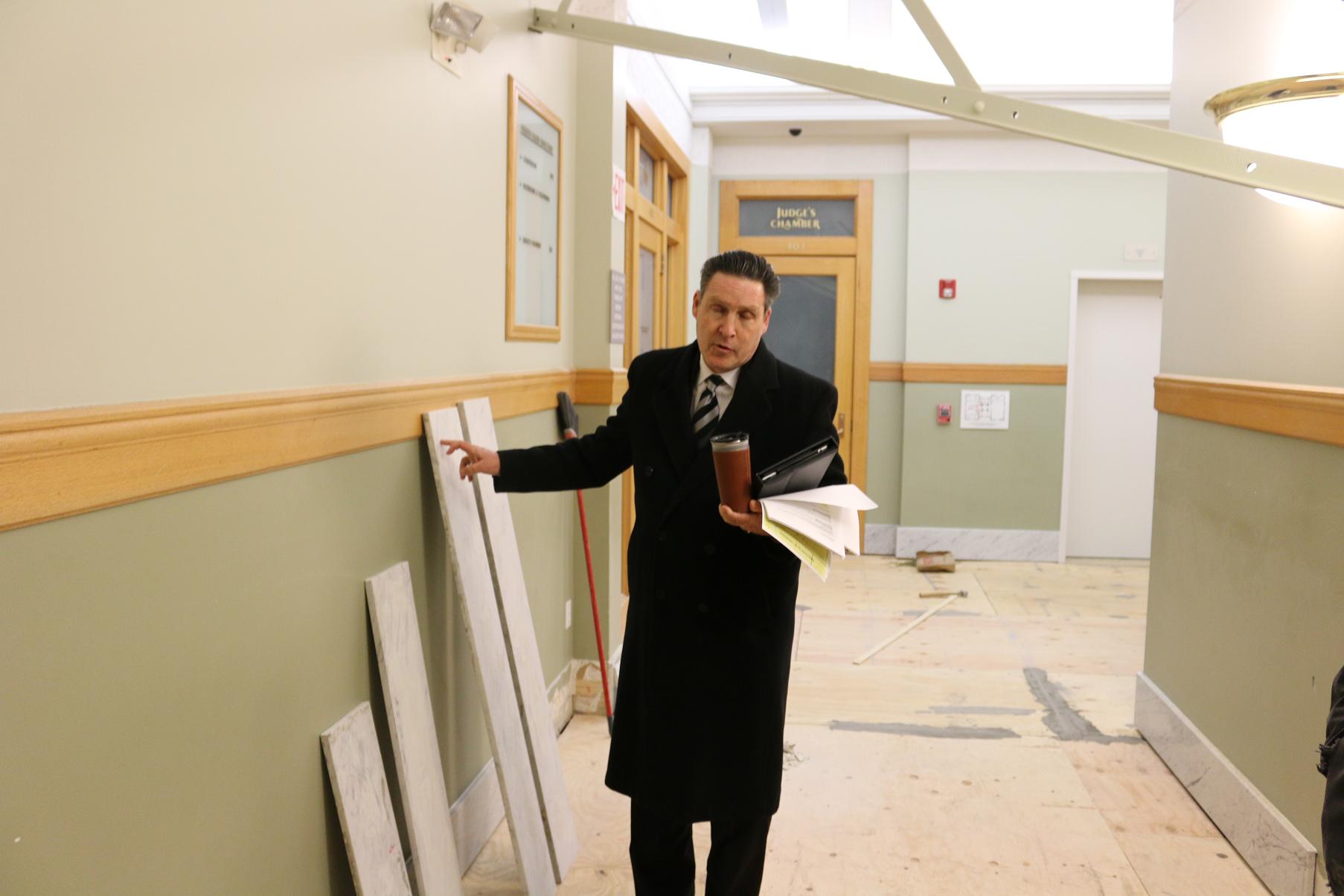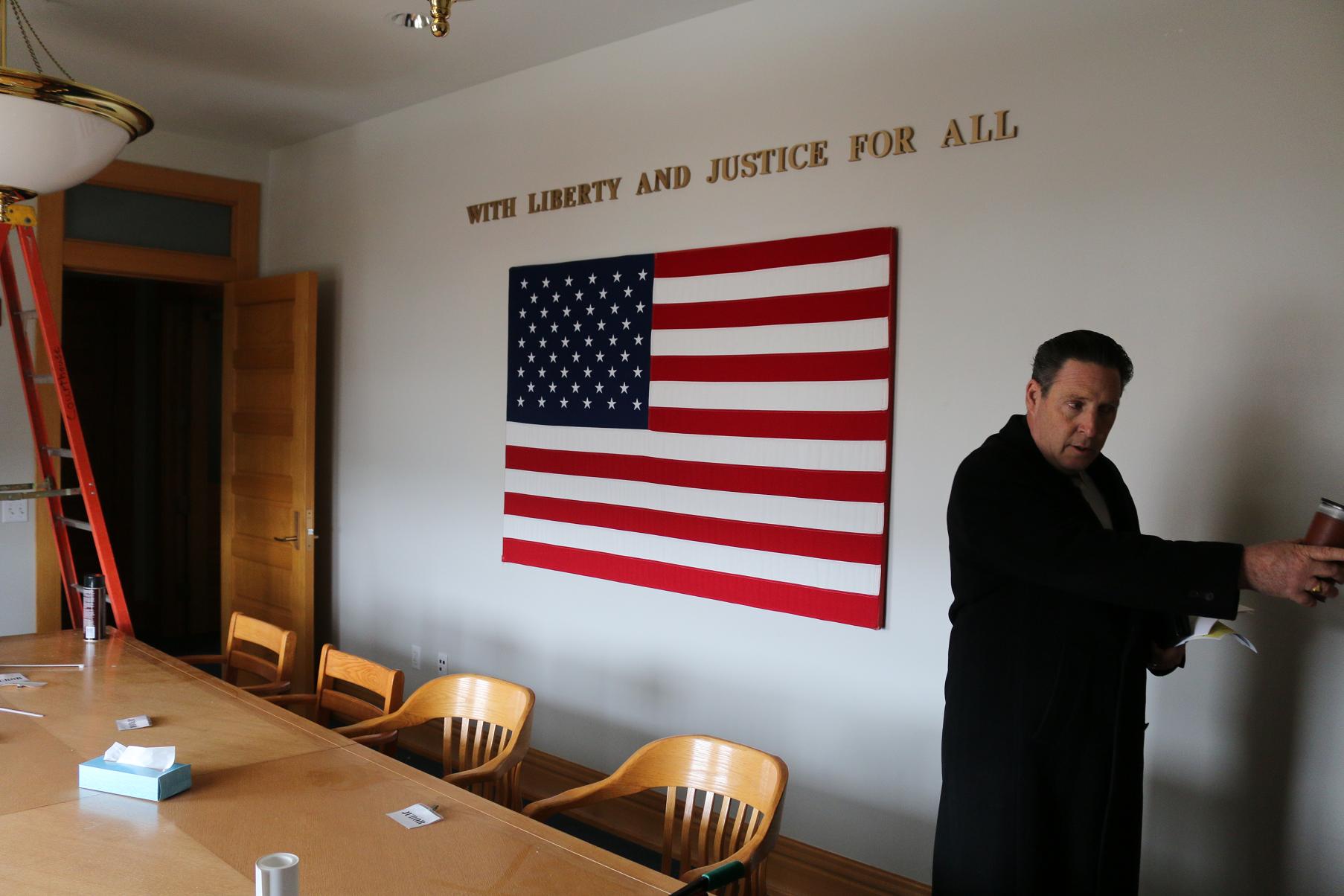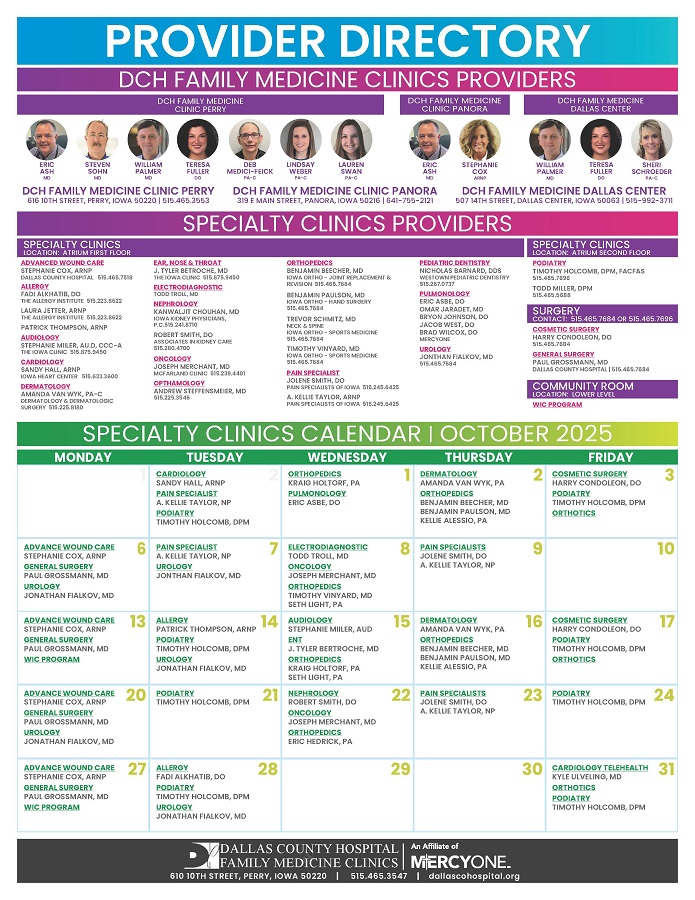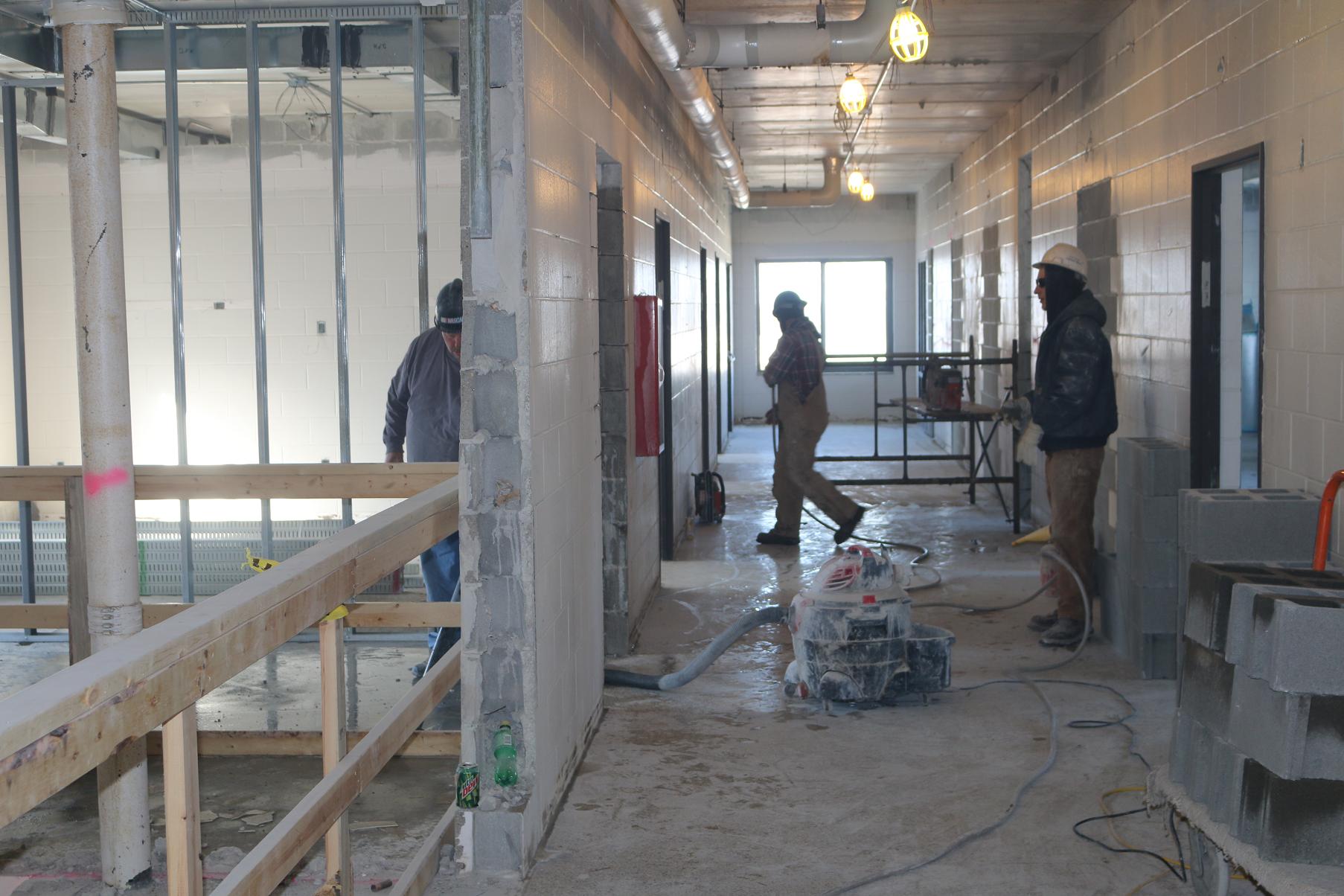
Data released Thursday by the U.S. Census Bureau showed the population of Dallas County grew 17 percent since 2000, making it once again the fastest-growing county in Iowa.
The rapid increase lends further weight to arguments made Tuesday by the Dallas County Board of Supervisors, who discussed trying again in a summer special election to persuade county voters to finance new county facilities.
Voters twice rejected bond referenda on new public safety and administration buildings, first in a 2013 special election and then in last November’s general election, but the chronic shortage of space prompting the first two ballot measures has only intensified, according to the supervisors.
“I believe this issue should go back to the voters in August,” said Supervisor Kim Chapman of Adel. “Timing is of the essence. We must educate the voters about the critical importance of this issue.”
Tuesday’s board discussion focused on the proper wording of the next referendum. June 19 is the deadline for the board to submit ballot language to Dallas County Auditor Gene Krumm, who will prepare the ballot for an August special election.
The need for more space often dominates or is in the background of most of the supervisors’ deliberations, such as the supervisors’ approval of the 2016 fiscal year budget at its March 10 meeting. The budget was approved after a brief public hearing in which the public did not participate but only county employees attended.
“I believe this issue should go back to the voters in August.” –Dallas County Supervisor Kim Chapman
During the public hearing, Dallas County Board of Supervisors Chair Brad Golightly of rural Perry outlined “future challenges” for the county. The challenges included space needs in the driver’s license section, space needs in the civil section of the sheriff’s office, space needs in the E-911 and sheriff’s dispatch center and space needs in the county jail.
The need for an additional courtroom is also on the near horizon, Golightly said. Once Dallas County reaches a population of 80,000, state law will require the Fifth Judicial District to provide an additional district judge, and a new judge will need an additional courtroom in Adel.
“We have administrative-space needs impending,” Golightly said, “along with the court situation breathing down our necks. I’d hate to see us drop the ball on this and not offer a solution to all these administrative-space needs.”
He got no argument from his fellow supervisors.
“Anyone who thinks we don’t need a new jail,” said Chapman, “needs to take a tour of the jail and see what they’re working with over there.”
“Or get arrested,” Supervisor Mark Hanson added.
The supervisors voted two-to-one to approve a tiny increase in the 2016 countywide property tax levy rate–a mere four mills or four cents per $1,000 of taxable property value.
Supervisor Chapman voted against both the budget resolution and a resolution approving a round of pay raises for the county’s elected officeholders, including a 9.5 percent raise for the county attorney and county sheriff, 8.5 percent for the county auditor, county recorder and county treasurer and 5 percent for th county board of supervisors.
The raises were recommended by the seven-member Dallas County Compensation Board.
“I would really like to support the compensation plan,” Chapman said, “but I believe the percentage increases are higher than I am comfortable with. I’ve talked to business people and others who tell me these raises are significantly higher than what we see in the private sector, so I can’t approve.”
Chapman was similarly opposed to a budget calling for a rise in the levy rate.
“I know everyone worked hard on this budget, and I give you my gratitude for your efforts,” Chapman said. “The chair asked what I expected, and my answer is that I expected a budget where we weren’t increasing the debt levy. I’ve heard from some seniors in my district, and they don’t know how they will pay it. I think we could have found a way to keep from raising the levy,” he said.
“I’d hate to see us drop the ball on this and not offer a solution to all these administrative-space needs.” –Dallas County Supervisor Brad Golightly
The 2016 combined levy rate–both rural and county-wide levies–will be 7.81 for each $1,000 of taxable valuation. The 2015 levy rate was 7.77.
The total taxable value of property in Dallas County is about $4.4 billion. The county will collect about $150 million in local taxes in 2016 and pass along about $130 million of that sum to townships, school districts, cities and other taxing entities in Dallas County. The remainder funds all county services.
The 2016 budget expects an increase in total revenues of about $41 million, including $21 million in property taxes. Expenditures in 2016 are forecast to be about $43.4 million, leaving a deficit of $2.4 million, less than last year’s $4.25 million deficit.
Expenditures in 2016 include $10.2 million for public safety and legal services, $6.8 million for roads and transportation, $5.5 million in capital projects, $3.2 million in physical health and social services, $3.2 million for environment and education services, $2.5 million in mental health and intellectual disability services, $2.3 million in services to residents, $2 million in service on prior debt, such as the $10 million courthouse restoration in 2005, and $1.7 million in administration costs.
About $8 million in the capital-projects fund was carried over from the 2015 budget, with about $3.8 million of these monies to be spent in 2016 for land acquisition and road maintenance and construction. The other big-ticket capital-fund project for 2016 is the $3 million remodeling and repurposing of the former Dallas County Care Facility for use as the new Human Services Campus.
Reconstruction of the one-time county poor farm is about 10 percent complete, according to Jerry Purdy, lead architect with Waukee-based Design Alliance. Larson and Larson Construction of Urbandale is the general contractor for the project, one of eight companies that bid on the job.
Repurposing the former county home buys some breathing room, but not much, according to Golightly.
“These space needs haven’t changed even with the addition of the old care facility,” he said.
Various schemes were suggested for moving offices around the limited county buildings, a tactic the board is well accustomed to.
“How all these pieces are going to fit into this puzzle, I don’t know,” said Chapman. “We need thorough analysis.”
“We have some cash available to look at all these options,” Hanson said.
It is unlikely the county could finance a new public safety building or administrative offices without resorting to debt financing in the form of a bond, and that would take a favorable vote of the people.
County voters approved a $10 million bond referendum in 2005 for the restoration of the Dallas County Courthouse. The fourth floor of the courthouse was not included in the restoration project, but it is currently undergoing structural strengthening in order to better serve as a courtroom.
County Facilities Manager Eric Rose said the shoring up is nearly complete, and the fourth-floor courtroom will soon be back in service.









